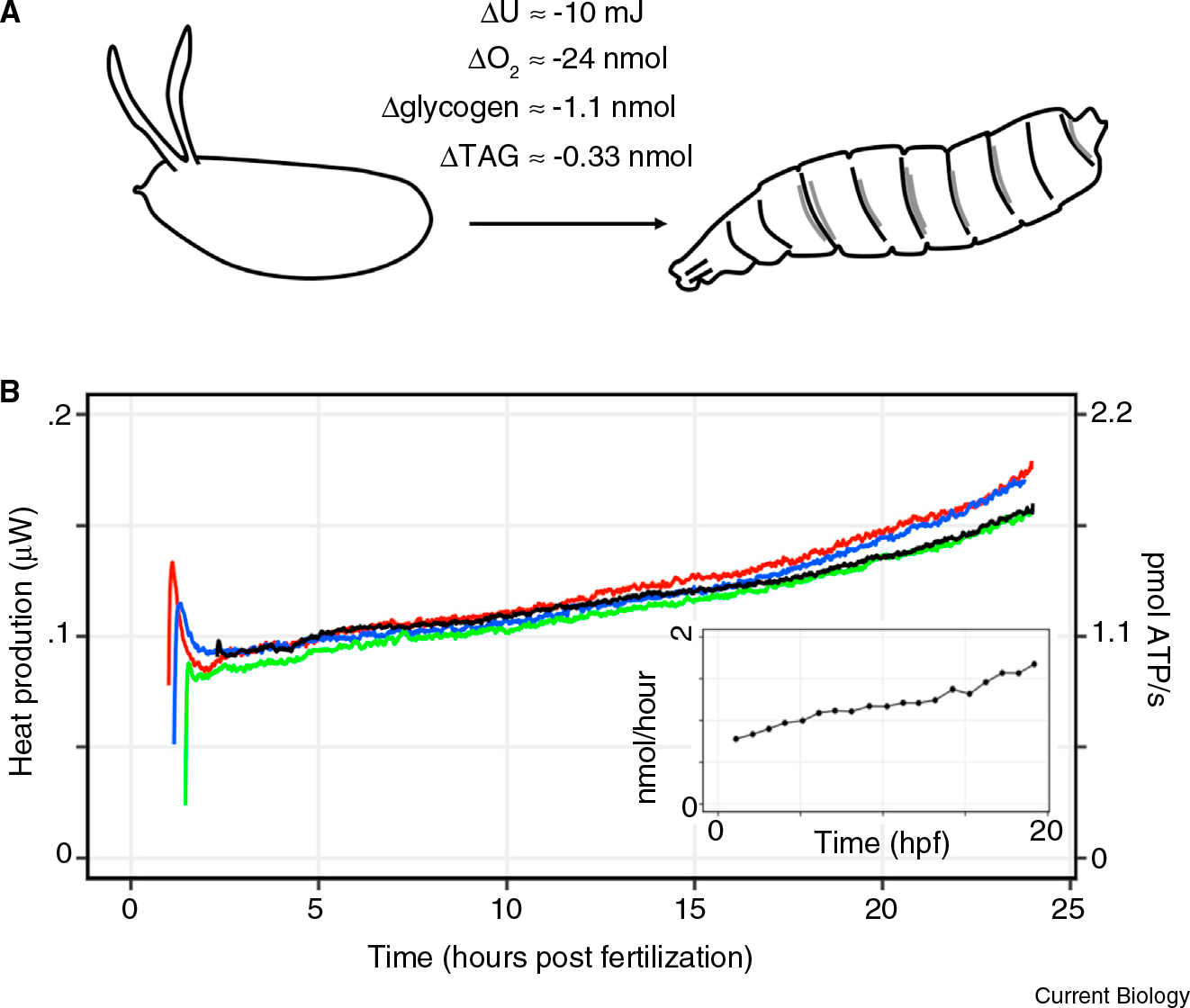Figure 1. Measuring energy utilization during Drosophila embryogenesis using calorimetry, respirometry, and biochemical assays.

(A) Schematic of energy balance in Drosophila embryogenesis. The zygote burns fuel to develop into a larva, and dissipates heat to the environment in the process. The measurements of net energy usage, oxygen consumption, and fuel source depletion during Drosophila embryogenesis are shown. (B) Heat dissipation rate (μJ/second) and the calculated equivalent in the rate of ATP turnover per embryo throughout embryogenesis. The rate of ATP production was calculated as described in the main text. The different colors represent separate experiments. The spike observed at the beginning of the time course is from introducing the embryo-containing ampoules into the thermal bath at 22°C. The inset shows the representative measurements of oxygen consumption rate during Drosophila embryogenesis at 25°C, adapted from [6]. Hpf denotes hours post fertilization. The experimental setup of the calorimeter and the respirometer is shown in Figure S1.
